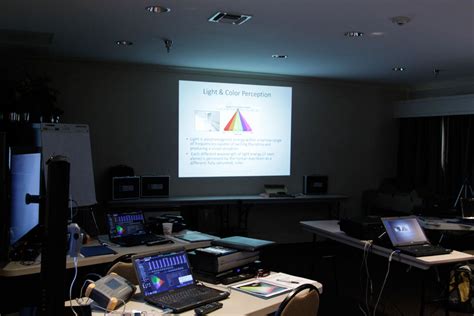Ca Crash Course: Mastering Calibration

Calibration is a critical step in the development and deployment of computer-aided (CA) systems, ensuring that these complex tools function accurately and reliably. The process involves adjusting and fine-tuning the system's parameters to match the specific requirements of the application or environment in which it will operate. In this comprehensive guide, we will delve into the world of CA calibration, exploring its principles, methodologies, and best practices. Whether you are a seasoned developer or an enthusiast looking to hone your skills, this crash course is designed to provide you with a deep understanding of the calibration process and its significance in the field of computer-aided systems.
Introduction to CA Calibration

CA calibration is not just about tweaking a few parameters; it’s an intricate process that requires a thorough understanding of the system’s architecture, the underlying algorithms, and the specific use case. The goal of calibration is to optimize the system’s performance, ensuring it produces accurate and consistent results. This is particularly crucial in applications where precision is paramount, such as in medical imaging, autonomous vehicles, or aerospace engineering. Accurate calibration can mean the difference between success and failure, making it a critical component of any CA system’s development lifecycle.
Understanding the Basics of CA Systems
Beyond the concept of calibration, it’s essential to grasp the fundamentals of CA systems. These systems rely on complex algorithms and sophisticated software to process data, make decisions, or perform tasks. The architecture of a CA system, including its hardware and software components, plays a significant role in determining its calibration requirements. For instance, systems that utilize machine learning algorithms may require calibration of model parameters, such as weights and biases, to achieve optimal performance.
| Component | Description |
|---|---|
| Hardware | Physical components such as CPUs, GPUs, and sensors |
| Software | Algorithms, programs, and operating systems |
| Algorithms | Set of rules used to solve problems or make decisions |

Calibration Methodologies and Techniques

There are several methodologies and techniques employed in CA calibration, each suited to specific applications and system architectures. Model-based calibration involves using mathematical models to describe the system’s behavior and adjust parameters accordingly. In contrast, data-driven calibration relies on empirical data to tune the system’s performance. The choice of methodology depends on the complexity of the system, the availability of data, and the desired level of precision.
Model-Based Calibration
This approach is based on the development of mathematical models that capture the system’s dynamics and behavior. By analyzing these models, developers can identify the key parameters that influence the system’s performance and adjust them to achieve the desired outcomes. Model reduction techniques can be employed to simplify complex models, making them more amenable to calibration. However, this approach requires a deep understanding of the system’s physics and mathematics, as well as significant computational resources.
Data-Driven Calibration
Data-driven calibration, on the other hand, leverages empirical data to optimize the system’s performance. This approach involves collecting data from the system under various operating conditions, analyzing it to identify patterns and trends, and using this information to adjust the system’s parameters. algorithms, such as regression and classification, can be employed to automate the calibration process, making it faster and more efficient.
| Methodology | Description |
|---|---|
| Model-Based | Uses mathematical models to describe system behavior |
| Data-Driven | Employs empirical data to optimize system performance |
Best Practices and Future Implications
Effective CA calibration is not just about applying the right methodologies and techniques; it also requires a structured approach and adherence to best practices. This includes thorough testing and validation to ensure the system performs as expected, continuous monitoring and maintenance to adapt to changing conditions, and collaboration and knowledge sharing among developers and stakeholders. As CA systems become increasingly pervasive and sophisticated, the importance of calibration will only continue to grow, driving innovation and advancements in this critical field.
Future of CA Calibration
The future of CA calibration holds much promise, with emerging technologies like artificial intelligence and Internet of Things (IoT) poised to revolutionize the field. The integration of these technologies will enable more efficient, autonomous, and adaptive calibration processes, capable of adjusting to complex and dynamic environments. Moreover, the proliferation of edge computing and cloud computing will facilitate the deployment of CA systems in a wider range of applications, from consumer electronics to industrial automation.
What is the primary goal of CA calibration?
+The primary goal of CA calibration is to optimize the system’s performance, ensuring it produces accurate and consistent results.
What are the two main calibration methodologies?
+The two main calibration methodologies are model-based calibration and data-driven calibration.
Why is continuous monitoring and maintenance important in CA calibration?
+Continuous monitoring and maintenance are crucial to adapt to changing conditions and ensure the system continues to perform optimally over time.



